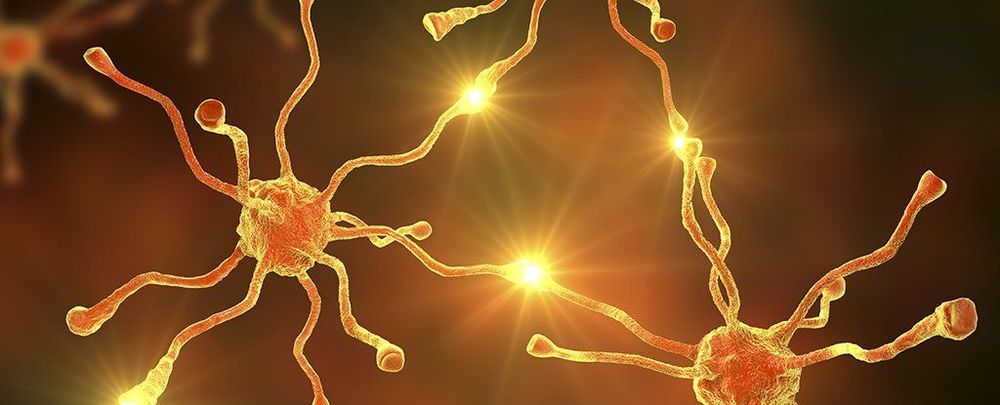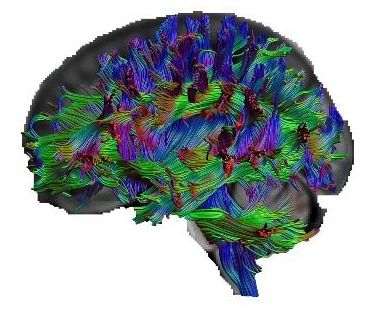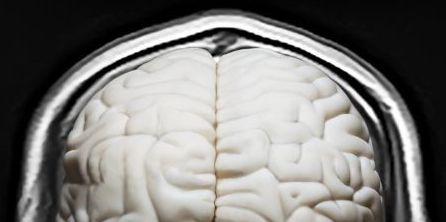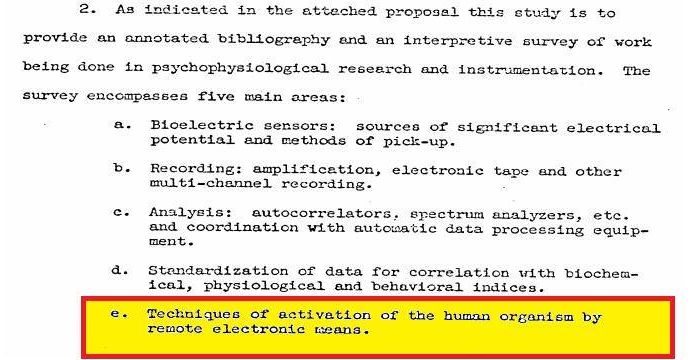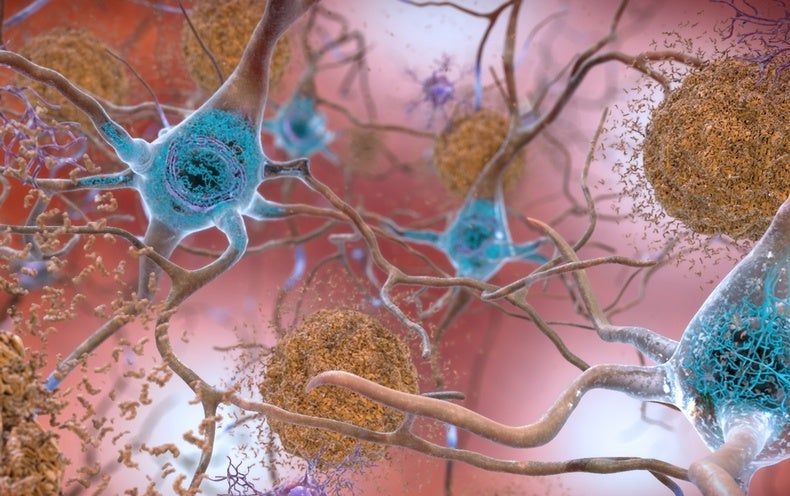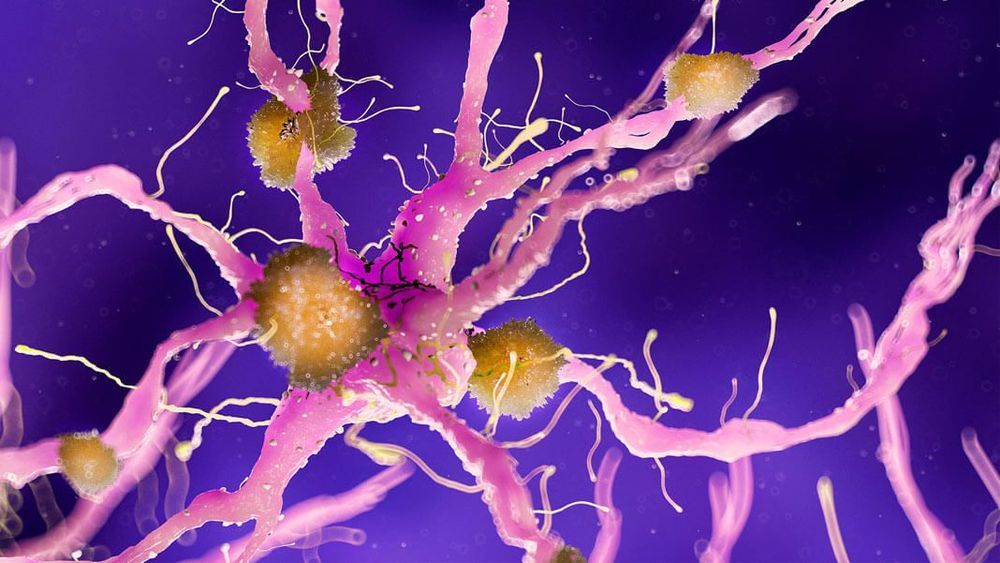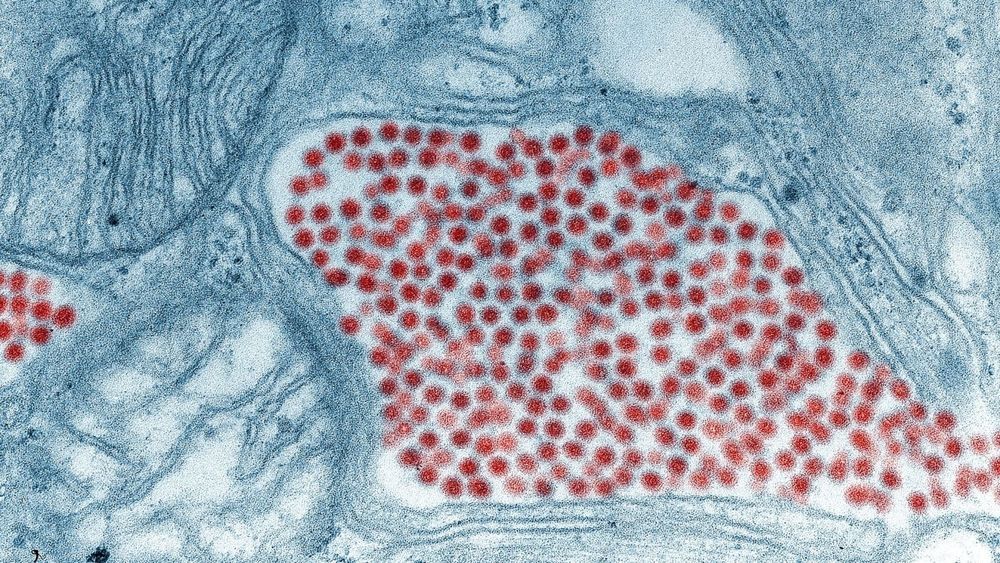The human brain contains a little over 80-odd billion neurons, each joining with other cells to create trillions of connections called synapses.
The numbers are mind-boggling, but the way each individual nerve cell contributes to the brain’s functions is still an area of contention.
In fact, a study published in 2017 has overturned a 100-year-old assumption on what exactly makes a neuron ‘fire’, posing new mechanisms behind certain neurological disorders.
